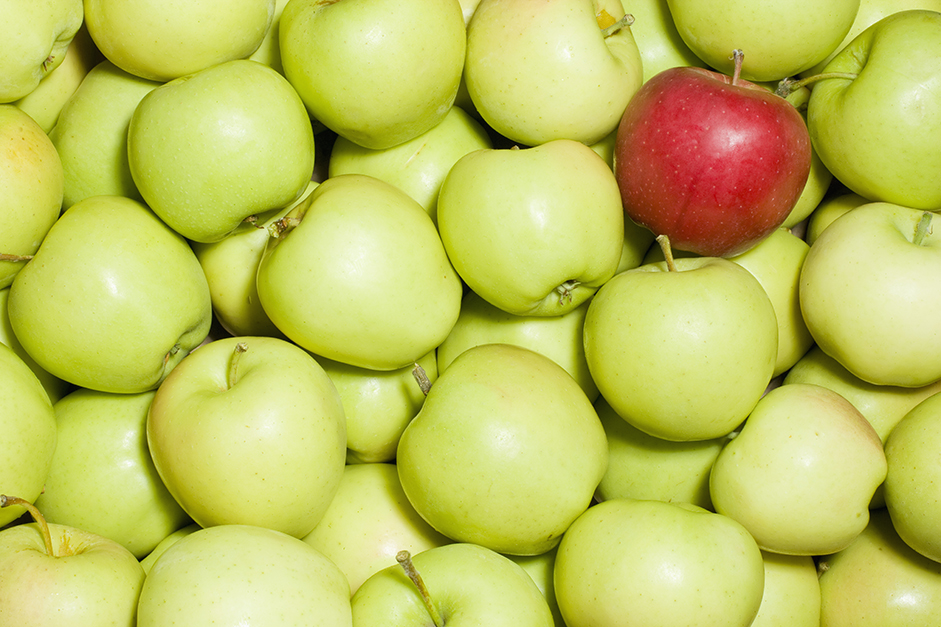Charlie Munger knows a bit about making money.
Charlie, 94, is worth close to $2 billion. He is the very longtime partner of Warren Buffett, 87. Together they run Berkshire Hathaway. Both still go to work every day.
Munger said, “The No. 1 idea is to view a stock as an ownership of the business and to judge the staying quality of the business in terms of its competitive advantage.” Berkshire Hathaway’s assets are worth somewhere north of $650 billion. The number is staggering. So are the returns to its investors — year after year. No organization has returned to its investors so much for so long. When these fellows talk, we listen.
It shouldn’t come as a surprise that these all-star stock pickers look for companies with “staying quality” in terms of a competitive advantage.
Warren Buffett has made the analogy of a moat around our business as the competitive advantage. The moat makes it hard for the competition to take customers away from our business. The deeper the moat, the better the moat. If it has a few alligators swimming around, it’s even better.
Defining a niche
So how do we build a moat around our business?
A business must define its competitive advantage. It doesn’t just happen. We think of the organization’s competitive advantage as how it is distinguished from its competitors, its unique “position” in the marketplace.
It is the foundation on which the organization will build to compete over the long haul.
There are two choices to achieve a competitive advantage: low price and differentiation.
Can you be the low-cost producer?
Larger companies usually have a cost advantage due to economies of scale. Smaller companies might have a cost advantage due to lower overhead and an ability to move more quickly as market demands change.
The smaller company will need to have a tighter product focus. A small meat packer, for example, might focus on a niche or specialty product. The larger meat packer might take advantage of vertical integration, taking more control over its supply chain. The smaller meat packer might take advantage of strategic outsourcing.
Both must explore ways to build in advanced engineering, production or manufacturing to reduce their costs. If a company decides “low-cost” is its differentiator, then its decision-making must be run through the low-cost filter. Decisions will be made based on whether they reduce or increase cost.
Walmart, Ikea and Southwest Airlines are notable successful users of the low-cost strategy.
Setting oneself apart
Most companies find it more attractive to win in the competitive battlefield with something other than low price. It’s easier to make a profit with higher prices.
A sustainable competitive advantage can be achieved by differentiation. If a company can offer a product or service that is perceived by its customers as different, it can charge a higher price.
Jiffy Lube’s success is a credit to its focus on automotive lubricants. That laser focus resulted in a faster, cheaper and better product. The focused specialist has the advantage of being perceived as the expert.
Another differentiation strategy is to focus on a tighter target market. It could be defined by geography, age, gender, race, nationality, income, families, urban/suburban, empty nesters, young couples, small business, hair solons, accounting firms or any combination of demographics and psychographics.
The social media category has matured. But despite the dominance of Facebook, Twitter and LinkedIn, there’s room for more. Of the 175 million people who use Pinterest, 70 percent are women. Pinterest has carved out a niche by focusing on those who enjoy collecting “pins” of photos of various sorts of things.
One financial services firm might target clients with investible assets of $5 million or more, whereas another financial services firm might target clients with $100,000 or less.
In the wireless carrier market, T-Mobile targets a smaller niche audience of young, urban dwellers. Niche marketing strategy is huge for the company.
Pork subdivided the meat category by introducing “Pork, the other white meat.” The Jolly Green Giant personified the vegetable commodity category and won. Geico made the car insurance category a lot more fun and approachable (and memorable) with its gecko and won.
Winning also is possible by differentiating your brand from the leader by being the underdog. It worked for car rental company Avis with its “We try Harder” messaging. Tyson offered a smaller chicken and instead of calling it a smaller chicken, called it a “Cornish Game Hen.” He created a new product just by giving it a new name. That’s differentiation.
When the differentiation strategy is clearly defined, it becomes the guide for decision-making throughout the organization.
The goal is to find the one thing, a niche the company will focus on and become fanatical about. That one thing should be attractive to customers. That one thing should differentiate it from its competitors. That one thing becomes its position. It is a long-term undertaking. Staying focused takes some self-control. Niche marketing strategy is key to success.
Warren Buffett knows the value of self-control and summed it up nicely: “We don’t have to be smarter than the rest. We have to be more disciplined than the rest.”



